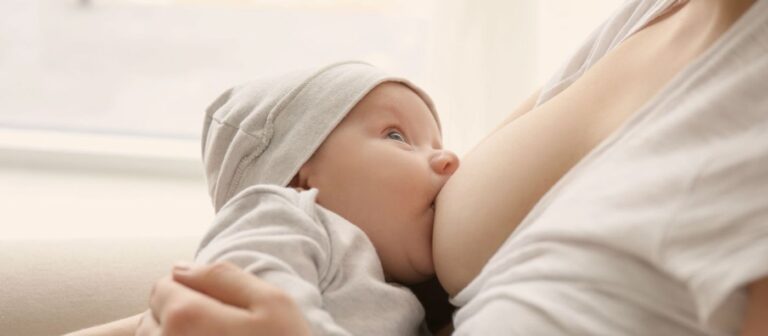What causes cracks in nipples? Nipples are said to be cracked whenever lines develop around them. For lactating mothers, tenderness is normal at the early stages. Read our article to learn more.
Signs or symptoms
Some of the common symptoms of cracked nipples include:
- The soreness-inflamed feeling of pain around or on the nipples
- Irritation- when they crack, they make individuals feel pain
- Itching nipples an unpleasant feeling which makes you want to scratch them
Causes of cracked nipples

Presence of cracks may signify a number of things. These include:
Thrush
Also known as candidiasis, thrush occurs mostly in infants/toddlers. It is a fungal disease caused by yeast in the mouth.
If your baby has thrush, a yeast infection in the mouth, he may pass it on to you, which will cause nipple pain, itch or damage.
Improper latch
Latching is the positioning of the baby when it lays or holds on to the breast. During breastfeeding your baby has to take enough mouthful of breast tissue as he properly latches on.
Improper latching may cause your nipple to be squash between your baby’s tongue and hard palate hence sore and cracks.
Breast pump
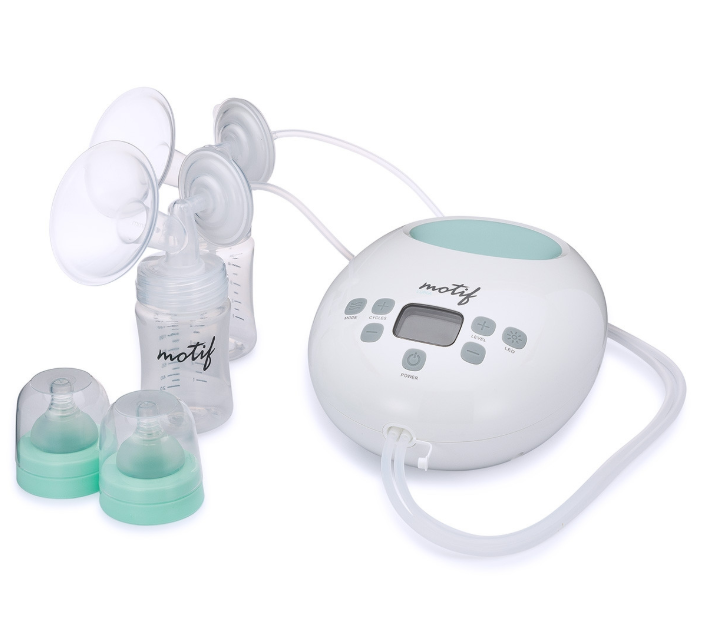
What is a breast pump?
This is a pump used to express breast milk from lactating mother. The milk is later bottle fed to the baby by a caregiver. Breast pumps also stimulate lactation especially for women with low milk supply.
However, some women mistakenly turn the suction level up too high (for instance). This is considered as an improper use of the pump and may, therefore, cause cracked nipples
Severe dry skin
It is a condition characterized by dry scaly patches that appear on the skin. When this condition appears on the nipples, it causes cracking, soreness.
Eczema is a common, chronic dry skin condition that leads to them cracking.
Tongue tie
Having a tongue-tied is when the tissue connecting the (baby’s) tongue to the floor of his mouth is shorter or too close that its free movement receives too many restrictions. Babies with this problem tend to struggle to find a good latch. This may cause nursing problems including soreness which can potentially lead to cracked nipples.
Other causes
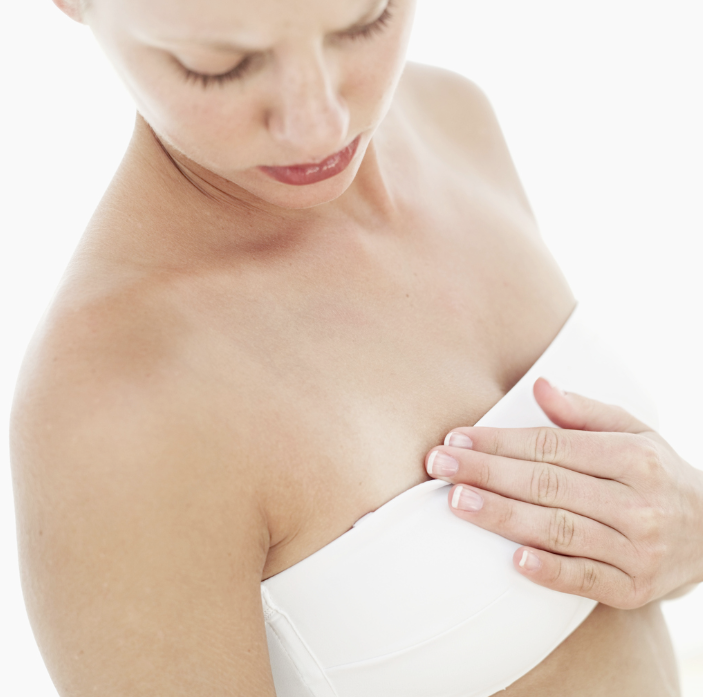
Other possible things that may lead this craking are listed below:
- Running and sexual activity are sometimes causes of temporary nipple problems due to vigorous rubbing.
- A severe punch or blow to your breast or unusual pressure on the chest can also cause cracked nipples
Diagnosis
Diagnosis is important for both males and females who have cracked nipples or show signs of cracks. This is due to the fact that there are different reasons as we have seen.it is also vital for proper treatment of infection like thrush.
During diagnosis, your doctor may do the following.
- Physical examination of the nipples
- The dermatologist may physically check the nipples in order to ascertain that indeed they are cracked
- The doctor may also how your breasts are feeling
- Test for candida/candidiasis
In case of an infection like Candida growth this can be checked through:
- Candida antibodies in your blood, and can be performed at the laboratory
- Complete Blood Count (CBC)
- Stool testing
- Urine Organic Dysbiosis Test
Treatment for cracked nipples and remedies

People should keep in mind that healing of cracked nipples is to correct the source or the cause of the problem and not only dealing with the symptoms alone. Treatment may vary depending on your current condition.
- If cracks form on nipples during pregnancy
- If you are breastfeeding
- When one is already on medication
1. Lanolin
Lanolin is a medication cream used as a moisturizer to prevent dry scaly dry skin.it is obtained from animal wool. Clean the dry area around the nipples, leave it to dry then apply the Lanolin cream gently. Lanolin has a soothing effect as it penetrates into the skin to moisturize it. It is recommended to apply lanolin cream before you go to bed. You don’t necessarily need to wash off the ointment on the next feed.
If you are a lactating mother, please ask your doctor if you think Lanolin may have any potential side effects or problem-related with breastfeeding.
Does Lanolin have side effects?
Lanolin is known to cause allergic reactions especially in individuals whose skin is sensitive. In fact it is recommended that before using, one should apply a little lanolin on the skin as a test to see whether their skins can react with the cream.
2. Proper latching
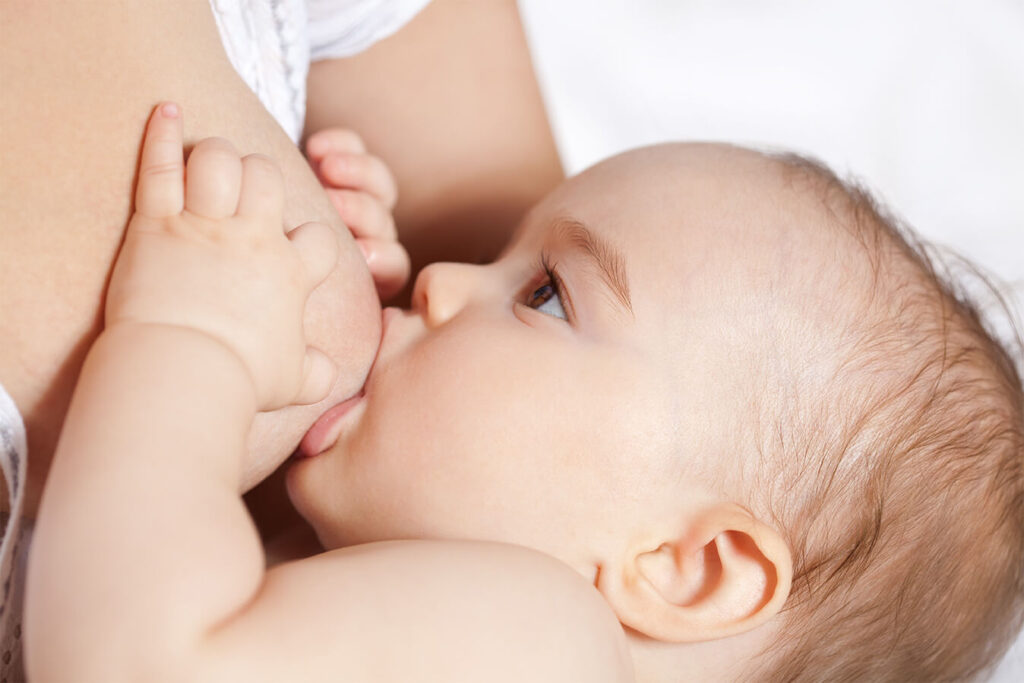
Proper latching can be practiced during nursing sessions, after nursing and between nursings.
Tips on how to get a good latch during the nursing session
- Breastfeed from the less injured side first or on the side without crack. Your bay will more likely nurse more gently on the second side offered
- Experiment with different breastfeeding positions to determine which is most comfortable
3. Saline water rinse (suitable after the nursing session)
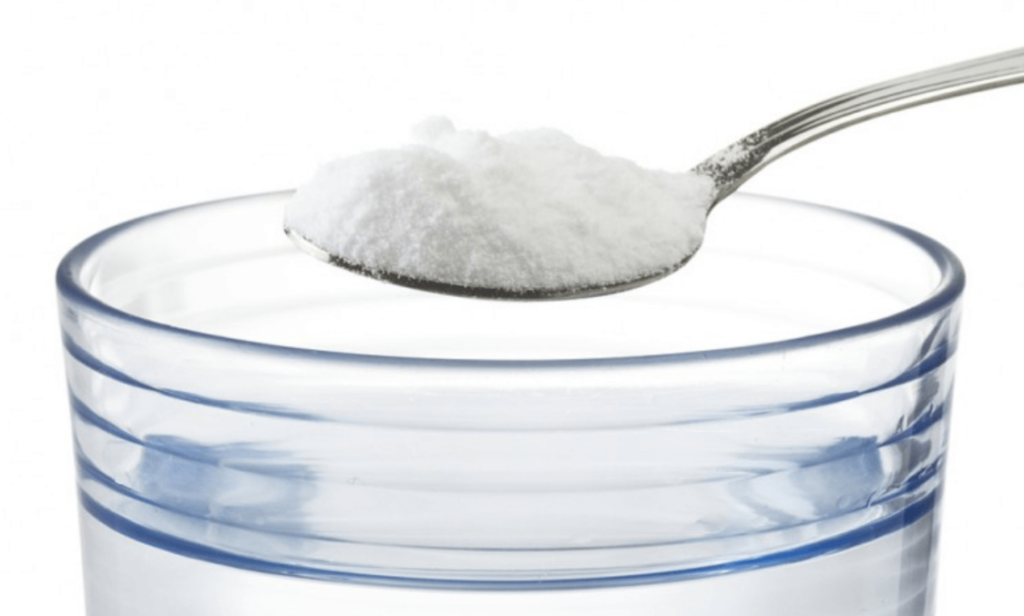
Saline water can be obtained by mixing about a ½ teaspoon of salt in one cup of warm water
Other measures
Other ways of preventing cracked nipples may include:
- Proper use of breast pump and holing it in the right position
- Getting the right treatment for eczema condition
- Applying some drops of breastmilk to the affected area of the nipple
- Avoid using harsh soap on them if they are cracked. Besides, heightening skin irritation, this easily washes away the applied lanolin cream (for example)
Healing tips for nipples with cracks during nursing
These are some of the measures and healing tips, so helpful when you have pain in nipples, broken skin or small cuts.
During the nursing session
Try and maintain proper (breastfeeding latch) including positioning, latching on, holding, etc. If this gives you a hard time or there is a problem working on a correct latch, consider talking to a lactation consultant
Continue with your thrush treatment even if you feel that the symptoms have gone away.
Some moms with painful cracked nipples can lose confidence and hope to continue (during) nursing.
Best safety tips and remedies after nursing

After every nursing session tries the following.
a) Salt water rinse
This does not treat an infection but will ease your nipples and provide relief to give you more time to concentrate and keep calmly.
What you need: teaspoons, table salt, and warm water
- Measure 1/2 t of salt and mix with a glass of warm water.
- For at least 1 minute, soak your nipple(s) in a small bowl of your warm saline solution that you made
- Ensure that the saline solution gets into the areas with cracks.
- Pat dry very gently with a soft paper towel (Do not rub to dry)
Instead of soaking, then pour your saline solution into a bottle and then tilt to allow it to get to nipples. Alternatively, use something that can be squeezed.
Above all, avoid prolonged soaking more so when using a saline solution that you prepared (not more than 7 minutes for each)
Some babies may not like the salty tastes. If you read such signs, then the best would be to plain-wash with warm water.
To help avoid potential contamination always prepare fresh saline solution anytime you need to apply or soak your cracked nipples.
If this does not fit into your program well, you may need sterile saline solution packets. However, ensure you minimize chances of contamination.
b) Breastmilk (expressed human milk)
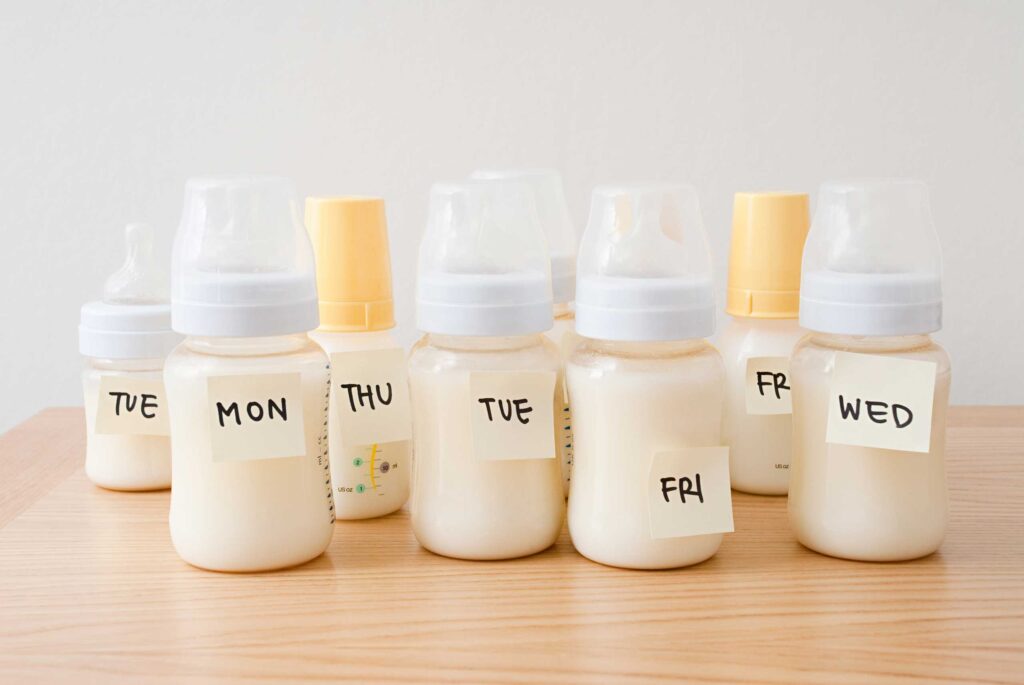
This kind of milk has vitamin E. In addition to enhancing healing of cracked nipples if you experience soreness breastmilk is what you need after nursing your baby.
c) Keep up breast moisture
This means that you keep the internal breast conditions at the best while keeping the outer or exposed skin layer least wet.
For best results, ask your primary care provider for the best treatment products or remedy.
d) Other post-nursing safety measures
If you have been diagnosed with thrush, ensure that you follow all rules on medication including antifungals and any other guidelines on thrush treatment
If you are not sure of any risk attachment to over-the-counter medicines, ointments or other treatment product, ask during your first consultation.
Between nursing
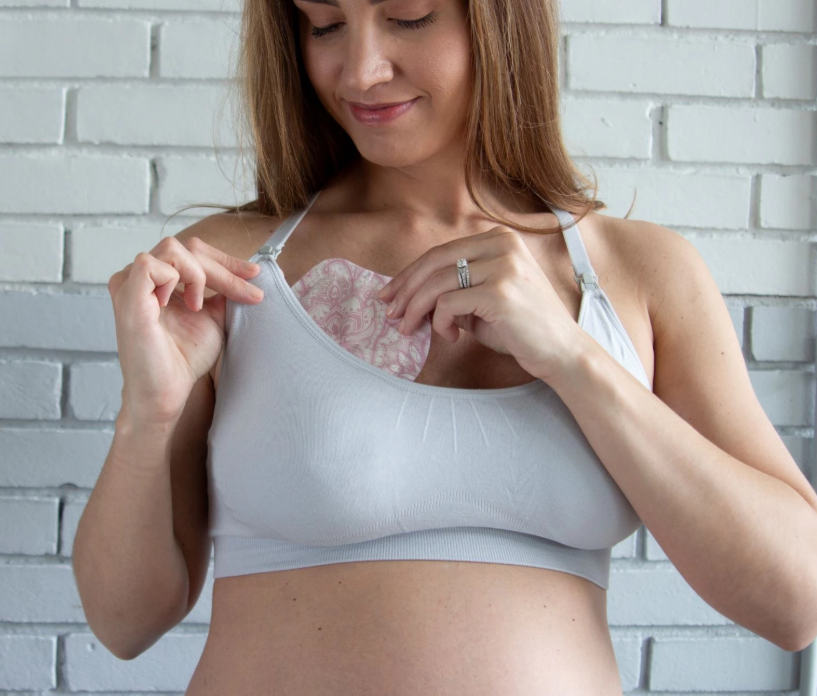
- To minimize pain when you have to wear a bra think of disposable pads.
- Try to keep the pads as less dump as possible since if you leave them to get soaked infection may increase the expected healing duration
- Try cold compresses if the cracks are due to accidental cuts or even unusual animal bites. Always strive to apply ice packs wrapped in thicker but soft and non-synthetic material cloth
- Avoid using soaps on the wounded side of the nipples unless it is an antibacterial solution/soap you were provided by an expert or consultant
Ask your doctor if it is very safe to use medicines to reduce pain such as Ibuprofen or Acetaminophen. You may also withdraw treatment if your baby changes suckling behavior.
- Try and keep your nipples exposed to air after nursing where possible
Home remedies
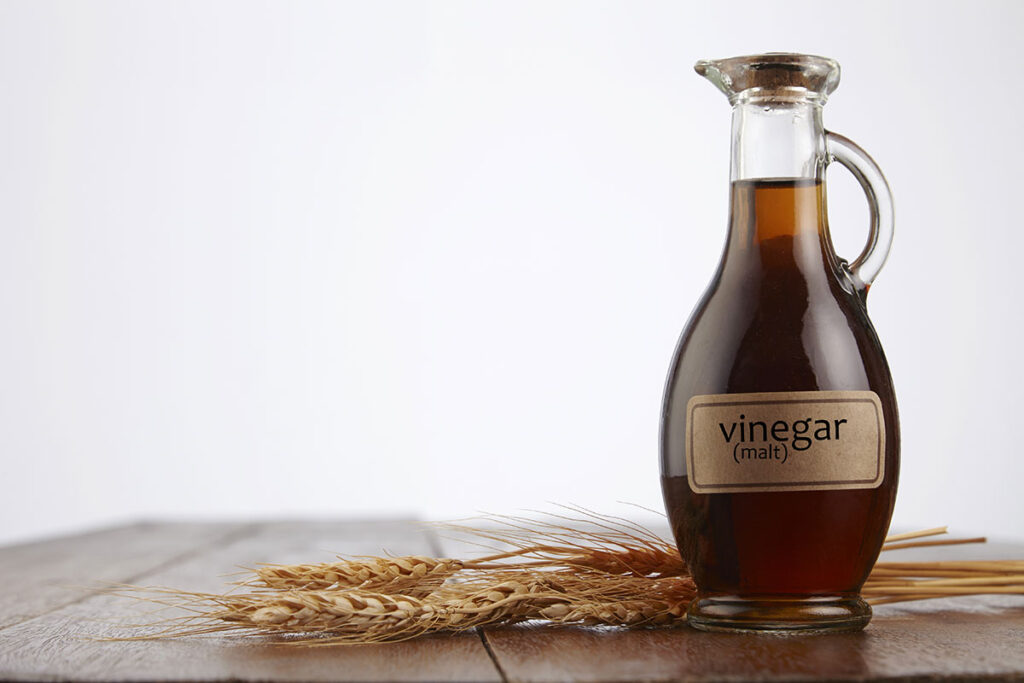
Here are some of the remedies you could give a trial at home more so after you have consulted your doctor.
Vinegar
Mix one cup of clean water with a TB of raw apple cider vinegar in a squeeze bottle. Insert a clean piece of cloth in a vinegar solution then apply around the dry scaly area on the nipple.
This helps to reduce any harmful bacteria or yeast on your nipple.it also cleans your nipple.
Petroleum jelly (oil)
Apply little petroleum jelly using a clean piece of cloth or a clean bare hand. This helps to reduce friction and also the dryness of the nipples.
Applying warm tea bags
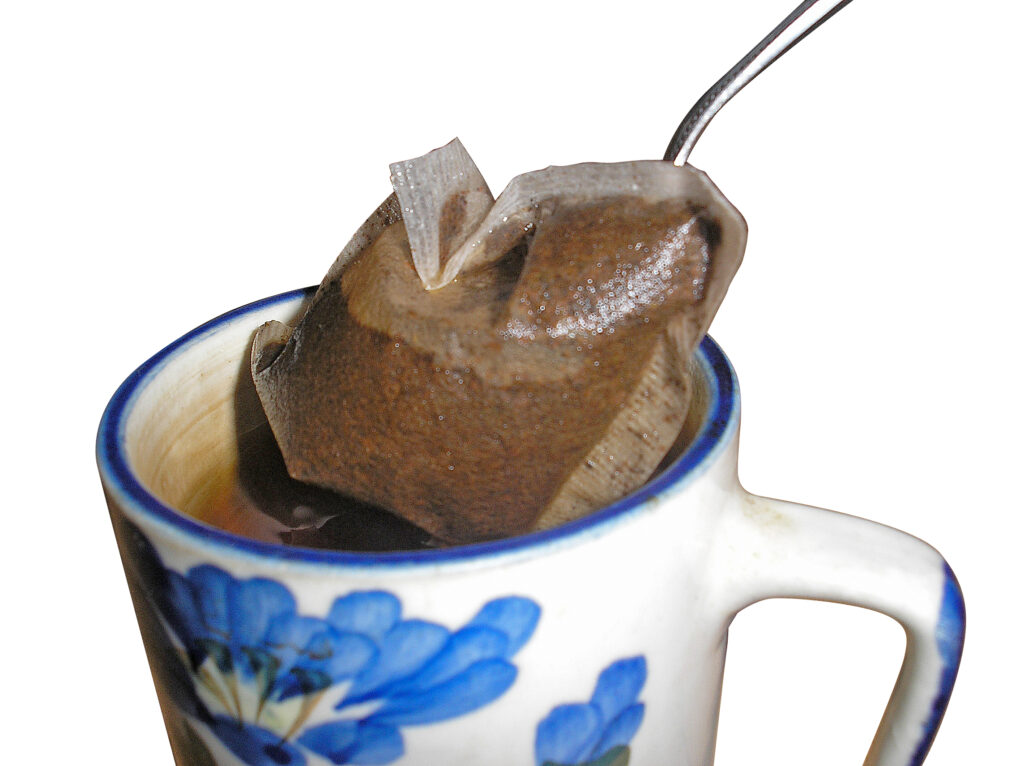
This remedy helps to reduce cracking of nipples .tea contains an astringent known as tannins.it relieves pain and improves blood circulation. This causes the anti-inflammatory substances to ease pain and heal skin tissues.
Using white soft paraffin
Paraffin is a lubricant and therefore helps to lubricate and soften the cracked nipples hence leaving a cooling effect.
Change your nursing pad
Nursing pads are simple absorbent pads used to prevent breastmilk leakages from seeping through bras. Prolonged use of the same nursing pads may cause inflammation which leads to soreness and cracking of the nipples.
In addition to the above also remember the following:
Do not pull away from your baby when breastfeeding
- If you are a nursing mother, use nursing bras that have open flaps. This prevents dryness of thee nipples.
- Putting some ice cubes just before latching can also prevent further effects of cracking on nipples.
When to seek medical attention

Are you worried about applying ingredients onto the cracked nipples? Nursing mothers are advised to seek medical care as soon as they start feeling an unusual feeling on or around their nipples.
Medical care should also be sought after all the possible home remedies fail to work.
Individuals who have cracked nipples should seek medical help whenever their bodies react with the treatment used e.g. lanolin
When to seek immediate medical care

However, you should contact your healthcare provider if you notice or experience any of the symptoms.
- Fever
- Inflammation (esp. with redness)
- Swelling
- Oozing with pus
- Signs of an infection including persistent itching or pain
Whether you are breastfeeding or not, keep in mind that you can have single or multiple infections caused by either both fungal or bacteria or both.
IMPORTANT: Before you get any medical forms for infection signs or symptoms, please see your primary health physician or visit your nearest clinic with your baby.
This will provide the best or most suitable form of administering treatment or cure. Studies have shown that even if you practice the recommended breastfeeding techniques, use or application of topical antibiotics may not be sufficient for your health and your baby’s growth.
Cases of breastfeeding women with cracks or abrasions on their nipples or very sore or painful nipples (breasts) should be taken very seriously.

